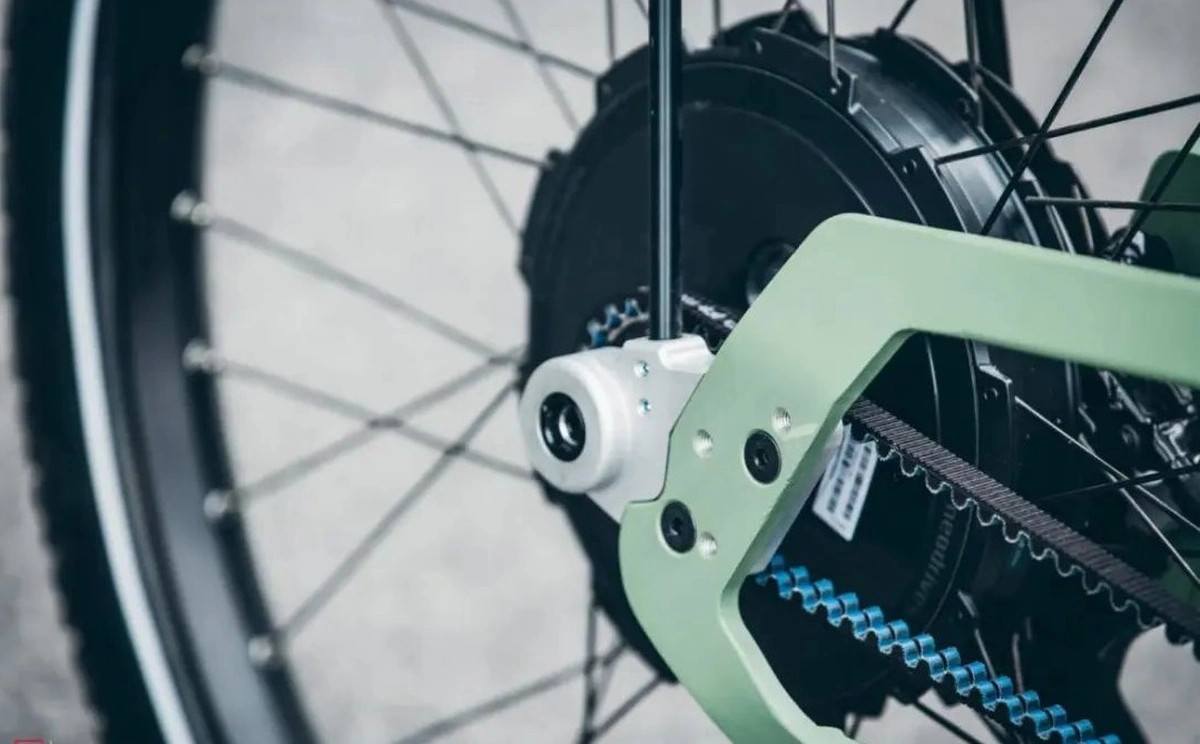Selecting the right hub motor is a critical step in designing electric vehicles, particularly electric bikes and scooters. The choice of hub motor greatly influences the performance, efficiency, and overall user experience of the vehicle. In this article, we will do a comprehensive analysis on the key considerations when choosing hub motors, hope this article will be helpful if you are interested in this area.
Before diving into the analysis of hub motor selection, let's briefly understand the concept and functionality of hub motors.
A hub motor, also known as a wheel motor or in-wheel motor, is an electric motor integrated directly into the wheel hub of a vehicle. This design eliminates the need for complex drivetrain systems, such as chains, belts, or gears, and offers several advantages in terms of simplicity, space optimization, and performance.
There are two main types of hub motors: geared hub motors and direct-drive hub motors. Geared hub motors employ an internal gear reduction mechanism, while direct-drive hub motors have a one-to-one ratio between the motor and the wheel.

When selecting a hub motor for an electric bike or scooter, several important factors should be carefully evaluated. Let's explore these factors in detail:
The power and torque requirements of the vehicle play a crucial role in hub motor selection. Consider the desired top speed, acceleration, and intended terrain conditions. Higher power and torque ratings are needed for applications that require quick acceleration or for vehicles operating on hilly terrains.
Ensure that the hub motor's voltage rating is compatible with the battery pack's voltage. Matching the voltage ensures efficient power transfer and optimal motor performance. Additionally, consider the battery capacity and range requirements to ensure the motor is capable of providing sufficient power for the desired distance.
Hub motor selection should take into account weight and size constraints imposed by the vehicle design. Consider the motor's dimensions, weight, and the available space within the wheel hub. It is crucial to strike a balance between performance and the overall weight and size of the vehicle.
Evaluate the motor's efficiency to maximize the vehicle's range and reduce energy consumption. Higher efficiency motors convert a greater percentage of electrical energy into mechanical energy, resulting in longer battery life and improved overall efficiency.
Regenerative braking allows the hub motor to act as a generator, converting kinetic energy into electrical energy during braking. Consider whether regenerative braking is a desired feature, as it can improve energy efficiency and extend the vehicle's range.
Evaluate the control and integration capabilities of the hub motor. Consider compatibility with motor controllers and other control systems, as well as the availability of software or firmware for motor control optimization. Seamless integration of the motor into the vehicle's overall electrical system is crucial for optimal performance.
Consider the cost-effectiveness and quality of the hub motor. Evaluate the motor's reliability, durability, and warranty. While cost is an important consideration, compromising on quality may lead to increased maintenance and replacement costs in the long run.
The selection of a hub motor for electric bikes and scooters involves a thorough analysis of various factors such as power requirements, compatibility with batteries, weight and size constraints, efficiency, regenerative braking capability, control and integration, and cost-effectiveness.
Leave A Comment